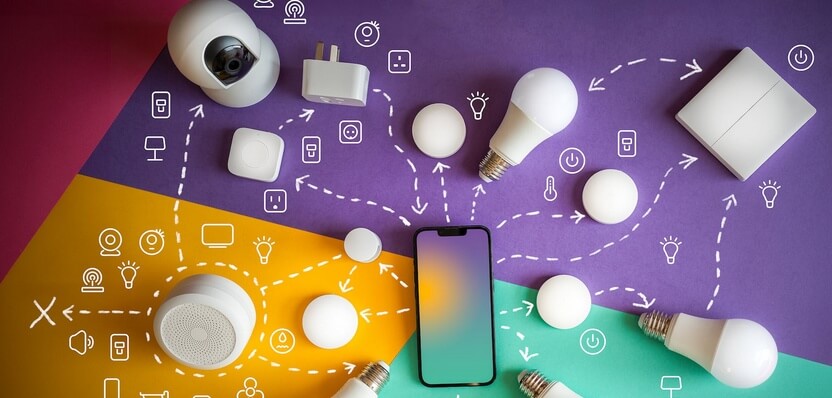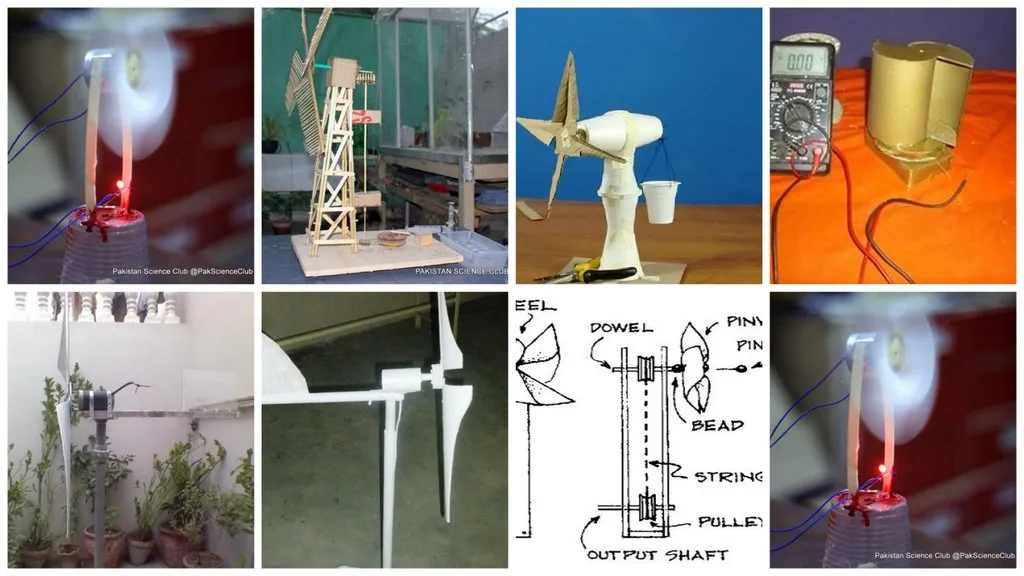Explore the role of science in driving innovations on the Internet of Things and connected devices. Our Society as a Whole depends on technology. The term Internet of Things (IoT) is a term that explains how information is shared across devices, humanity and environments. It’s largely evident that electronics surrounding us today are continuing to take a dynamic shape with visibility of being integrated into the internet. However, what is the principle along which these gadgets are constructed and therefore work? This article will address the core issues of the Internet of Things and its main components and effects on society, presenting the information in an understandable manner for most ordinary class visitors.
What is IoT?
The Internet of Things or the IoT is a typical system consisting of many interconnected physical objects, devices or systems connected to the internet and working converse amongst themselves with no people’s input. Such devices include the sensors in the roads and the fitness wrist bands and industrial machines. IoT is made possible by embedded technology as data is not only collected, analyzed but also put into action depending on set conditions.
Connection: IoT devices can be connected to the internet, and they are able to communicate with each other without the use of wired lines.
Collection of Information: The connected IoT devices have sensors that are able to capture data from the surrounding or from the workings of the systems.
Self-Management: Tasks can be performed through IoT without the efforts of any persons.
Monitor and Management of Functions: Devices can be controlled and supervised over a distance while in working order.
How Does IoT Work?
According to IoT, there are various technologies that have to work in unison in order to achieve its functions. For a person to understand how the IoT functions, they need to comprehend the interaction of hardware, software and communication systems.
The Components of IoT
Sensors and Devices: Sensors are the devices that perceive information associated with the temperature, level of light or motion; this information is sent to the devices connected to it, which include thermostats, cameras, and smart appliances.
Communication Networks: The collected information by sensors is sent to the cloud or other systems through the use of communication protocols such as Wi-Fi, Bluetooth, and cellular communications, etc.
Cloud Computing: Data is processed, analyzed, and even stored in the cloud. The clouds act as the center point towards which all the data from the IOT devices is collected and managed.
Data Analytics and Decision Making: Other algorithms help in data analysis such that decisions are made on when particular patterns are noted or ignored and when thresholds are breached. Such analysis implies that IoT can be able to initiate certain actions. For example, lights can be configured to go off whenever a room is unoccupied.
The Evolution of IoT
During different times in history, ontological ideas have had an entrance to all the horizons. For example, IoT was in the onset viewed as simply targeted towards the actions such as simple machine to machine communications that was basically confined to industrial system for remote monitoring. However, studies done on computing and wireless technologies as well as data analysis have seen IoT embedded in the daily lives of people, and this has transformed a number of sectors.
| Year | Milestone | Description |
|---|---|---|
| 1999 | The Term “Internet of Things” Coined | Kevin Ashton introduced the term while discussing RFID technology. |
| 2008 | IoT Gains Popularity | More devices became connected as costs for sensors and communication technologies dropped. |
| 2014 | Explosion of Consumer IoT Devices | Smart home products like thermostats and smart watches became widely available. |
| 2020 | 5G Revolution | The arrival of 5G networks significantly improved connectivity and data transfer speeds for IoT. |
IOT Applications
Due to its realistic applicability, IoT has found its importance in various sectors with major contributions in healthcare, manufacturing, agriculture and smart cities. Some of these include:
1. Smart TV home: It is a smart home that employs the Internet of Things (IoT) in controlling and operating household equipment. Smart appliances such as bulbs, air conditioning and security reach devices via mobile phones or by speaking.
2. Medical: IoT has been utilized in the medical domain for monitoring health. Wearable IoT applications are described as tiny gadgets for real-time tracking of abnormal signs as they occur.
3. Production: Manufacturers are able to visually see all their production lines. An example is that sensors included in machine tools can prevent failures and maintenance is ordered.
4. Crop-growing: System can monitor and control every aspect of farming using the internet of things. Irrigation is done through automatic systems that use soil moisture readings rather than simply on a timetable, with the possibility of saving water.
| Technology | Range | Data Transfer Speed | Power Consumption | Best Use Case |
|---|---|---|---|---|
| Wi-Fi | Short | High | High | Smart homes |
| 4G/5G | Wide | Very High | Moderate | Connected cars |
| LPWAN | Long | Low | Low | Agriculture |
| Bluetooth | Very Short | Moderate | Low | Wearables |
FAQs
What is the definition of the term Internet of Things?
The Internet of Things, or IoT, is defined as a system of interrelated physical devices and machinery that gathers and shares online information within the vicinity.
Is there any detailed explanation of the working of the IoT?
The IoT operates with the help of sensors present on a given object which gathers information and sends it through network lines to a cloud service which processes the information for purposes of analysis for the conduct of automation and making of decisions.
There are numerous IoT applications in today’s world, what are they?
Some of the notable applications of IoT include smart homes, health-oriented apps, manufacturing sectors, farming, and smart cities.
What are the key issues related to security of IoT?
Some of the key issues affecting security for the IoT system include the privacy of information, the safety of gadgets, and the possibilities of information being intercepted.
How is Artificial Intelligence useful for IoT?
AI technology is useful because it allows processing large amounts of information produced by the Internet of Things devices which makes it possible to generate insights that can be employed in automating processes and making predictions.




